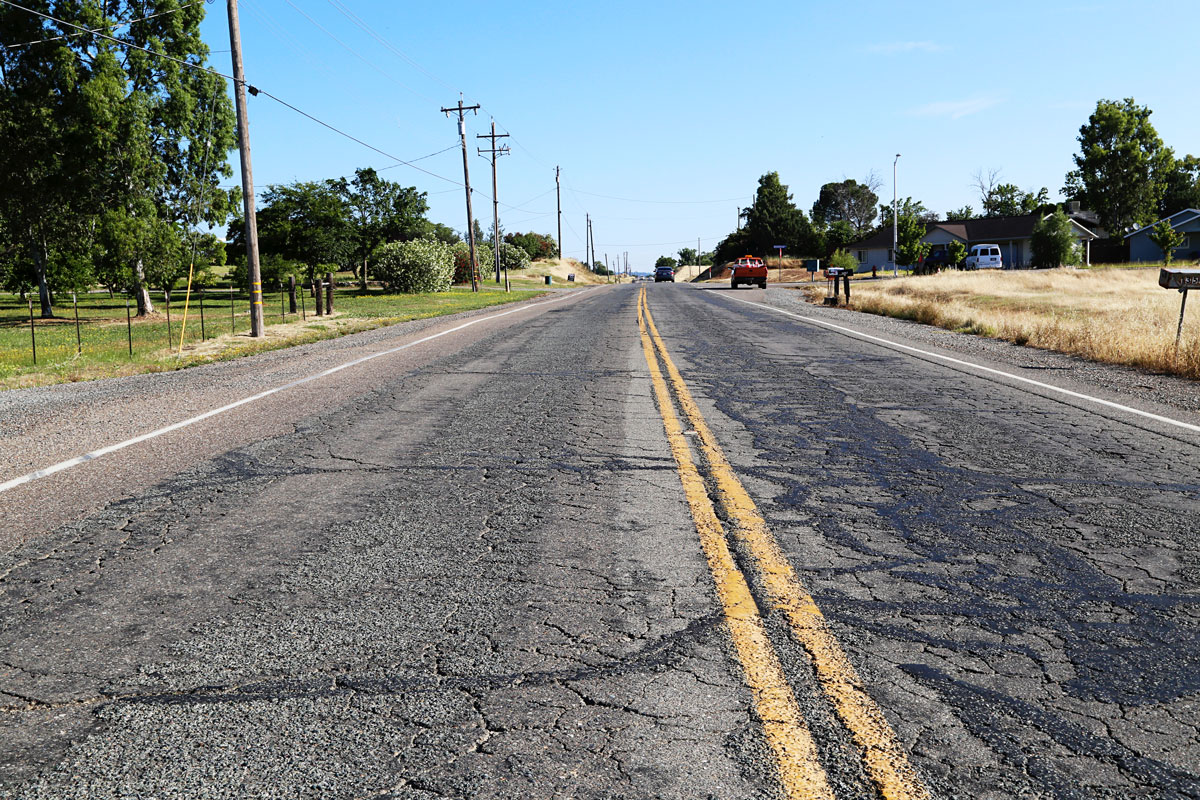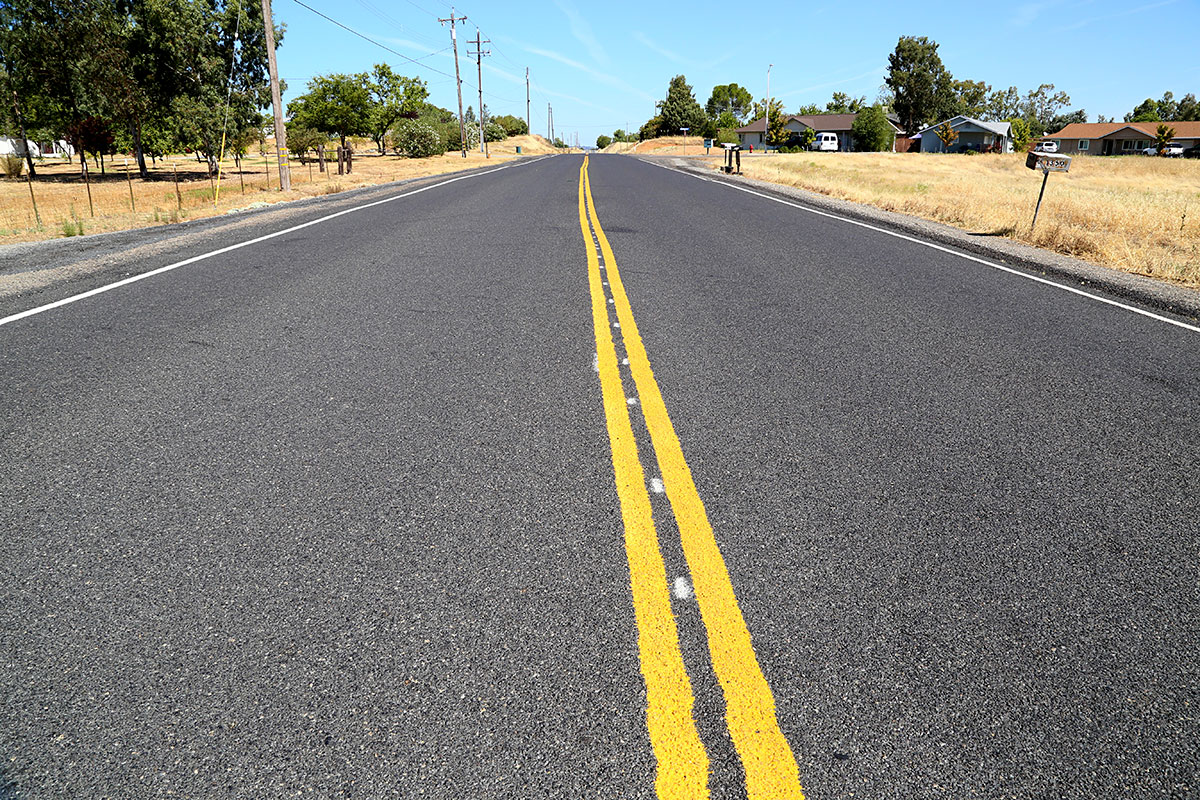- (209) 522-2277
- dpimley@americanpavementsystems.com
- 1012 11th St #1000, Modesto, CA 95354, USA
Micro Surfacing and Slurry Seals are cost-effective preservation treatments used to maintain and extend the service life of pavements and roadways. The International Slurry Seal Association defines a Slurry Seal as “placed at one stone’s width thick”. Micro Surfacing can be placed up to 1/2″ thick without a rut box and up to 1″ thick with a rut box. Slurry Seal and Micro Surfacing both provide a new protective surface to an existing street. By sealing the street, the base of the road is protected from water damage, and the surface is protected from weather and traffic. Additional benefits include increased skid resistance and improved aesthetics.
Micro Surfacing is similar to slurry seal. It consists of the application of a mixture of water, asphalt emulsion, aggregate (very small crushed rock), and chemical additives to an existing asphalt concrete pavement surface. Polymers are commonly added to the asphalt emulsion to add toughness and minimize the loss of aggregate from power steering scuffing.
The major difference between Slurry Seal and Micro Surfacing is in how they “break” or harden. Slurry solely relies on on the sun and low humidity to evaporate the water in the emulsion. The emulsion used in Micro Surfacing contains chemical additives that force the water out, allowing it to break without relying on the sun’s heat and low air humidity for evaporation to occur. Micro Surfacing was originally developed by the Germans in the 1970’s to fill ruts in the Autobahn where they needed to make their repairs quickly. They put a lot of chemicals into their Micro Surfacing and broke 1″ lifts in 15 minutes. That technology eventually came to the United States, where it is now commonly used as a stand-alone surface treatment product. Micro Surfacing is also used as a leveling course (at 1/2″ thickness) as prep work on severely alligatored roads prior to an Asphalt-Rubber Chip or Cape Seal.
A distinct advantage of Mirco Surfacing over a Slurry Seal is that Micro Surfacing hardens quicker than Slurry Seal, allowing it to be used when conditions would not allow the slurry seal to be successfully placed – on streets that have a lot of shade, streets that have a lot of stop and go or turning traffic, and streets where you need to get the traffic back on the road quickly. Because of the polymers in Micro Surfacing, it is also good at resisting power steering tears and shedding of the small aggregate.
When properly constructed, Micro Surfacing and Slurry Seal applications are cost-effective tools that provide improved life cycle benefits. Although Micro Surfacing and Slurry Seals are generally similar, Micro Surfacing is designed to facilitate a quicker return to traffic, heavier application rate, rut filling, and support higher traffic volumes.



